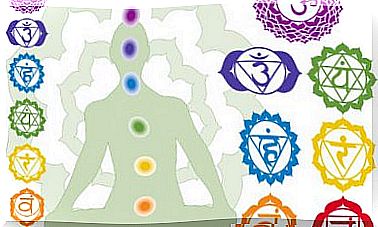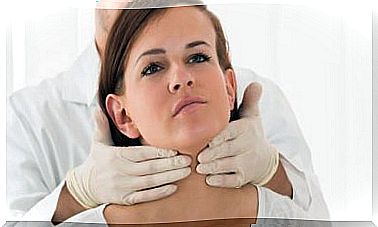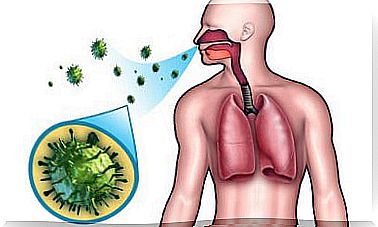Cold Allergy: Symptoms And Recommendations
Cold allergy, better known as cold urticaria, refers to a reaction suffered by the skin after subjecting it to low-temperature environments. Like other allergies, it is characterized by causing hives, redness and itching in the affected areas.
How to recognize this condition? What are your symptoms? There are those who have had this problem, but do not know what it is. To resolve these questions, we detail more about it below.
What is a cold allergy?
As its name implies, it is a reaction of the body to low temperatures. It appears minutes to hours after exposure to cold and occurs, especially in young adults. For now, its exact cause is unknown; however, it is associated with genetic factors, viruses or other diseases.
What happens is that the skin cells are very sensitive to cold. When exposed to it, the body sends signals to produce histamine and other chemicals that cause allergic reactions.
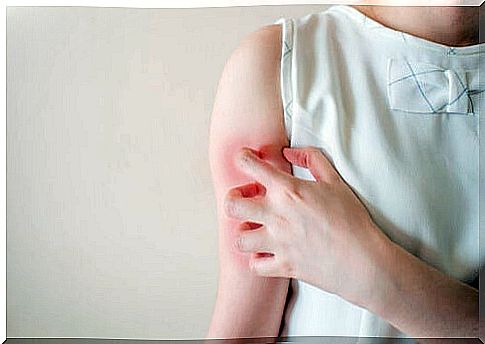
Symptoms of cold allergy
The symptoms of people with an allergy to cold can vary from one to another. There are those who have mild symptoms, while others suffer from it chronically. This depends, to a large extent, on the amount of histamine that is released in the body. Some common symptoms are the following:
- Hives in areas that have been exposed to cold. These are red bumps that appear for less than 24 hours and are very itchy.
- It does not need to be exposure to ambient cold. Sometimes when you touch cold objects, your hands may appear swollen. In addition, the same can also occur in the mouth and lips when drinking cold liquids.
These symptoms usually last about two hours. However, there are times when more histamine is released and the outbreak is more severe. This usually occurs when exposure to cold occurs all over the body at once. An example might be a sudden immersion in cold water. On these occasions, this allergic reaction can occur.
Allergic reactions throughout the body can cause a swollen throat and tongue, which can make it difficult to breathe. Also, your heart races, your legs swell, and you can even faint. These cases require urgent action, since, by not breathing, a serious picture occurs.
Recommendations to avoid cold allergy
Of course, to avoid triggering the reaction, it is advisable to avoid exposure to cold as much as possible. Thus, some recommendations are the following:
- Avoid very cold drinks, as well as picking up or touching objects that are also cold.
- In cold times such as winter, protect as much as possible the most exposed or sensitive parts. For example, wearing gloves.
- When going to beaches or swimming pools where the water is cold, instead of suddenly submerging, it is necessary to introduce the body little by little in the water and observe the reaction, to avoid very sudden changes in temperature.
- When the diagnosis is confirmed, your doctor may prescribe antihistamines. These will be taken at times when the body is expected to trigger the reaction.
- In severe cases with a history of anaphylaxis, it is necessary to keep an adrenaline applicator on hand for use in an emergency.
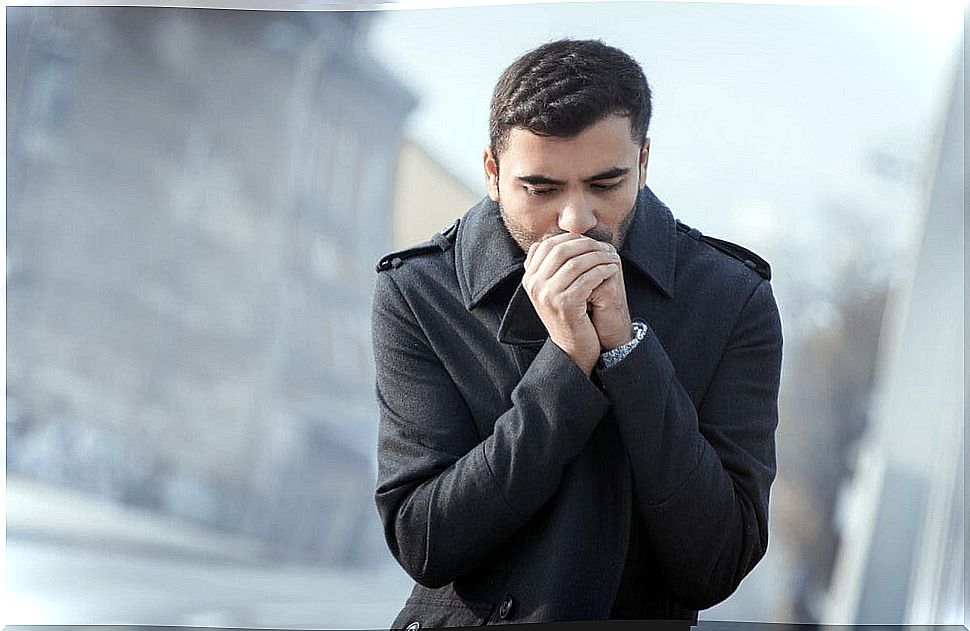
Cold allergy: what should be clear?
It is important that, before the appearance of any symptoms related to exposure to cold, there is the intervention of a specialist. Even if the symptoms are not serious, a study will be done to rule out other diagnoses.
Once the origin of the allergy has been established, it is convenient to put into practice the recommendations given in order to reduce the outbreaks. In addition, if the doctor requires it, it will be necessary to take some drugs.
